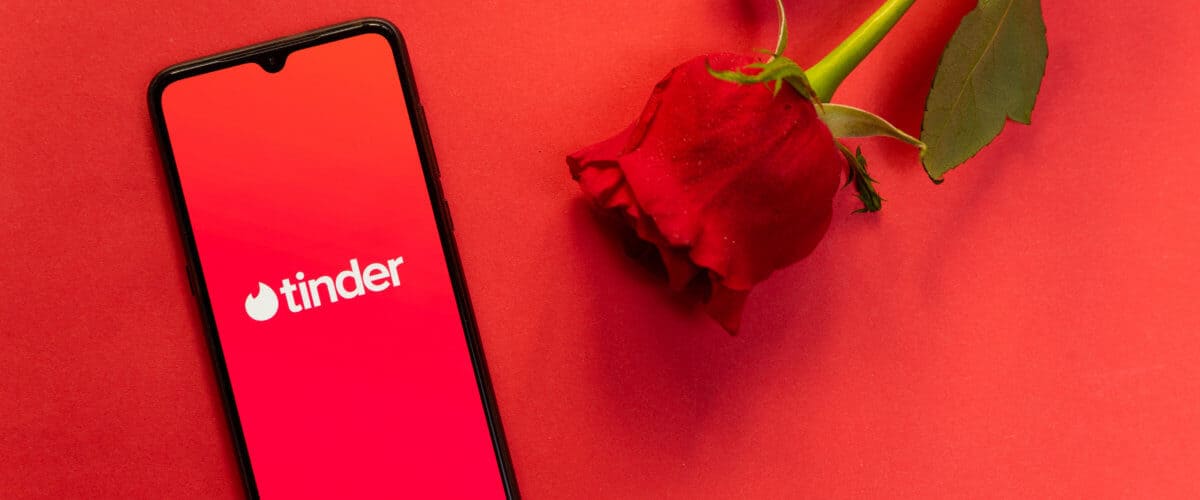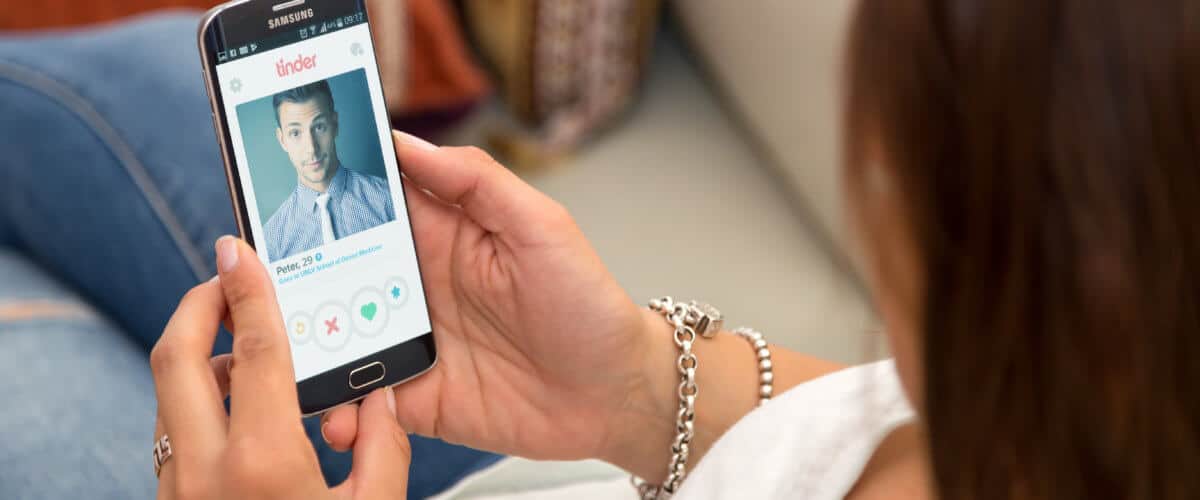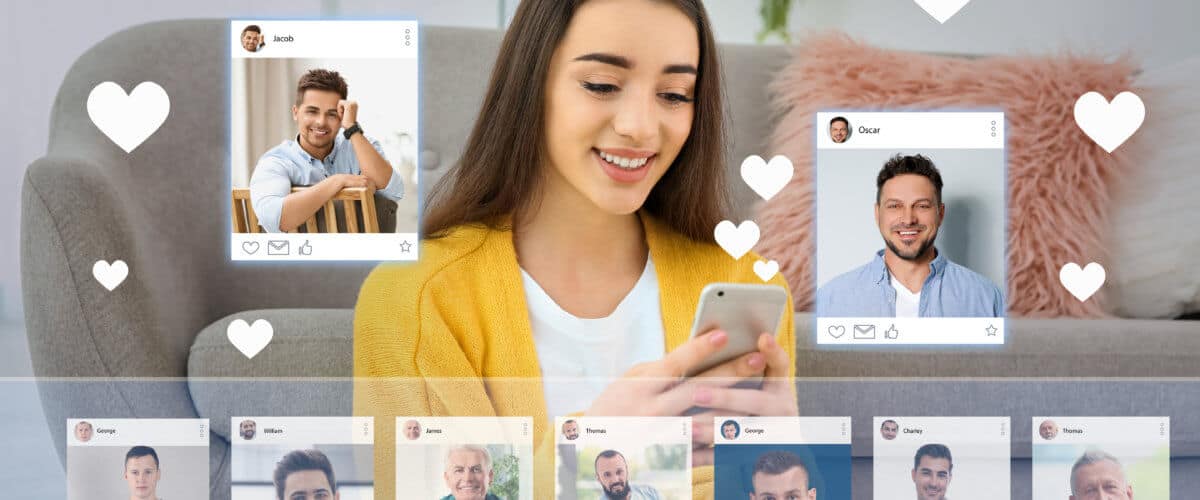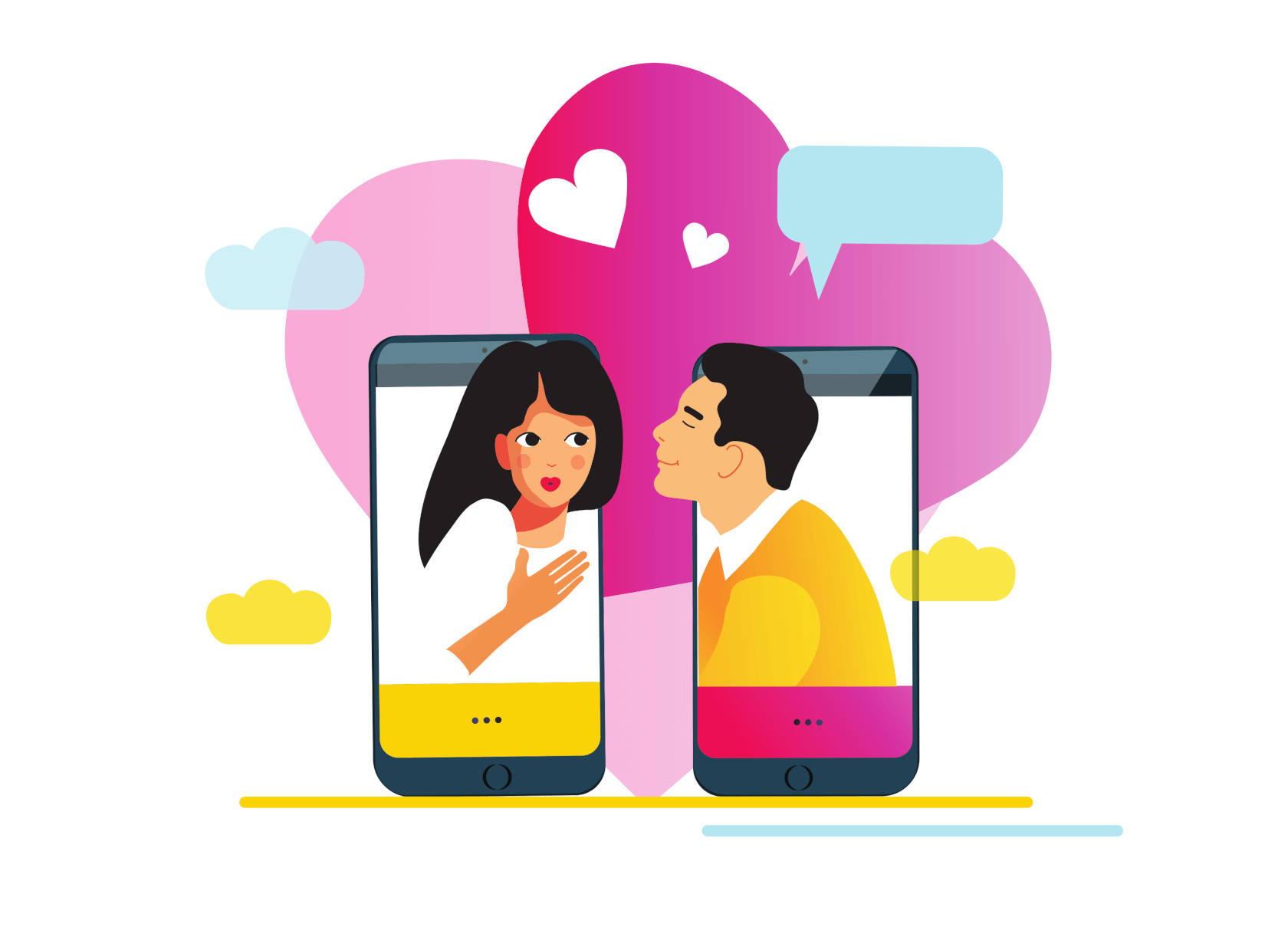In the past decade, online dating apps have found their way from the margins of pop culture to the center of our love lives. It’s no wonder then that they have also changed our approach to romance.
“With more than 55 billion matches to date,“ says the official Tinder website, “we’re no stranger to bringing singles together online. Some sites, like Hinge and eHarmony, are designed for long-term relationships, but on the Tinder app, we’re all about the experience and offer possibilities for whatever it is you’re looking for.“
For a lot of young people, this might just sound intriguing enough to try it out. Plenty of them, in fact, already have. What’s the number of matches, though, which are needed to get you what you want? Ten, a hundred, or maybe thousands, as suggested by many of the frustrated users connected to the app on a daily?
The answer, while influenced by your looks, your approach, and the way you put your profile together, depends more on the reasons why your potential matches are using Tinder, to begin with. “If you’re looking for love,“ says the Q&A section of the app, “you’re in the right place. Everything is possible on Tinder.“

How It Started and Where It Is Now
Created in 2012, in less than a decade Tinder became the most popular online dating platform on the internet. This app, notorious for its “one-night stand” reputation counts a number of over 70 billion profiles, with the average user connecting to more than a hundred physically nearby people every week.
As a kind of modern gallery, Tinder allows you to take a look around your surroundings and find out who’s available. And, even though it’s not uncommon to hear that some of your friends started their long-term relationship in the app’s inbox, this online space is widely known as the place to be if you aren’t looking for anything serious.
The stigma once attached to dating via the internet gradually started to fade. So now, with the arrival of the 21st Century, there came freedom for all of those who find it easier to search for a partner from the comfort of their own couch.
Even though there is a constant rise of married couples who met through the app, various research suggests that they are the exception rather than the norm. For every thousand swipes you make, you get around a hundred matches of which only a dozen might lead to a longer conversation. Another half might fall through because there was no spark to begin with and chances are that the remaining five to six will come down to a lack of interest, differing opinions, accidental or conscious ghosting, or – if you’re the lucky one – an actual date.
So, if you really end up meeting someone from the app in real life, you can easily say that you beat the statistics. After all, based on the book Modern Romance: An Investigation by Aziz Ansari and Erik Klinenberg, there seems to be a good number of people who use Tinder for something it wasn’t originally intended for: self-promotion, gaining confidence, and even catfishing.
The Tinder Swindler
The motivation behind creating a Tinder profile, however, can be even banaler than that. If we take into account the fact that you can connect your account to Instagram, online dating apps seem to be an ideal place for gathering more followers and having mindless fun. There is a vast number of people who use platforms such as this one for sending inappropriate messages, while there is an even bigger number of those who pretend to be someone they’re not.
While Tinder does offer the option of verifying your profile and confirming your identity, all you actually need to do that is have a name, a phone number, and a couple of photographs. It seems that creating a whole new alter ego is much easier than you’d think and there’s always a possibility that you really don’t know who’s sitting on the other side of the screen. In most cases, it might be a harmless prankster. In others, not so much.
In February 2022, with Valentine’s Day just around the corner, a new documentary about this problem got added to Netflix. In The Tinder Swindler, we get the story of three out of many women, all victims of a dating app-based fraudster, joining together in an attempt to hunt him down and recover the millions of dollars that were stolen from them. And yet, this is only one side of the dilemma Tinder brings to love in the age of the digital.

What Actually Happened to Love?
In the short film The Question of Love, the Marseilles philosopher, Alain Badiou describes love as an act of riot, a revolution against individualism needed for any kind of a real, deeper, and more honest connection to another living soul. In these modern times in which we are living, however, focused on our own needs and wants, love might seem like a threat to independence.
According to Badiou, this intimate feeling is in constant danger, and its biggest threats are denying its importance and the fear of loss itself. Thanks to Tinder and many similar places, these things commonly go hand in hand.
With the propaganda of a safe kind of love, we get the promise of feeling without risk if we were only to create a profile on a dating app. These platforms, sometimes with pages and pages of questionnaires and delicate algorithms, will do all the calculations for us – making sure we find the right match for whatever it is that we’re looking for. Sure, we’ll find a partner, we’ll start a relationship, but we will beforehand make such a precise forecast of what we think we want that we’ll give a pass to everything that doesn’t align with our fantasies.
By doing this, we try to choose the line of least resistance. We don’t want to put ourselves at risk of being hurt – instead, we’re only looking for the benefits. Yet, if we might ask Badiou, this is a paradox that true, imperfect, human love can never stand to bear. Without vulnerability, openness, and commitment, three things often unavailable on places such as Tinder, we kill love’s creativity and alienate ourselves from each other in more ways than we realize.
Modern Romance
In their, before mentioned non-fiction title Modern Romance, Ansari and Klinenberg take an honest look into the way romantic connections changed over time. Focusing on the effects Tinder has on relationships, youths, and the consequences of online dating, they came to a set of conclusions that aren’t in favor of these popular platforms.
Many recent studies show that our frustration with our love lives is growing at a rapid pace, more often than not influenced by the uncountable number of choices we’re faced with every time we log onto the apps. As it turns out, the things we think we want aren’t the things we actually need, so faced with endless options, making a decision is harder than ever.
Historically speaking, the first dating apps created algorithms based on finding a partner with a set of characteristics we got to pick by hand. What we didn’t take into account, however, is the fact that what looks good on paper isn’t actually what we’d settle for in real life. For more than 90% of people, looks are the most important factor, while matches made on common interests don’t usually make it past the first couple of messages.
Nowadays experts claim that there isn’t and probably won’t ever be a program that can foretell which two people are going to get along or fall in love. More so, by connecting online, we tend to turn three-dimensional people into two-dimensional caricatures of themselves. Instead of perceiving them as the complex human beings that they are, thanks to Tinder and Co. it’s easy and efficient to write them off as soon as we see the first flaw.
If we, for example, don’t like the first impression we got of them based on a couple of pictures and a short profile bio, we can quickly remove them from our screens and continue to do so with every other profile that comes our way. This superficiality allows us to overlook potentially great matches simply because they would take more work and time than we’re willing to give. And, to make matters worse, we translate this behavior from the online sphere into our offline reality.

The Other Side of The Coin
While it’s easy to criticize Tinder for all the troubles it brought to our everyday dating life, the facts are that this app brings a lot of good things with it as well. We can’t ignore the number of couples that found each other on the platform and with more than 50% of users being between the ages of 18 to 25, it seems that a lot of them are willing to try their luck for themselves.
Especially since the beginning of the pandemic, the romantic needs of young people over the past three years moved to online spaces even more, offering a healthy and much safer approach to meeting a potential partner. Even some of those who are firmly against online dating turned to Tinder at this time, having no other way of getting to know people during the lockdown.
There’s no shame in getting to know someone in virtual places such as this one and there’s also no harm done in going there with only fun and casual dating in mind. Such as with every other online phenomenon, there’s always a certain risk that follows online dating, but many are willing to deal with it as it comes.
Tinder and other apps are slowly but surely shaping the newer generations and the trends they follow even when it comes to their love lives. Whether they’ll agree to the new rules of dating in the 21st century or not, for many young people there’s not much difference between going down the traditional route or choosing an online alternative when looking for a partner.
No matter if you are on Tinder or if you boycott all websites and apps with a similar approach – it is a fact that the number of users is continuously rising, together with the ways in which we approach social media. Starting with the ones who log in without any serious intentions, all the way to those who are looking for validation, new Instagram followers, or the love of their life – swiping is quickly becoming a generational hobby. The question is no longer whether you’re using Tinder or not, but rather what you’re choosing to use it for.
Illustration: molotoka/shutterstock.com
You might also like:
Support us!
All your donations will be used to pay the magazine’s journalists and to support the ongoing costs of maintaining the site.
Share this post
Interested in co-operating with us?
We are open to co-operation from writers and businesses alike. You can reach us on our email at [email protected]/[email protected] and we will get back to you as quick as we can.










